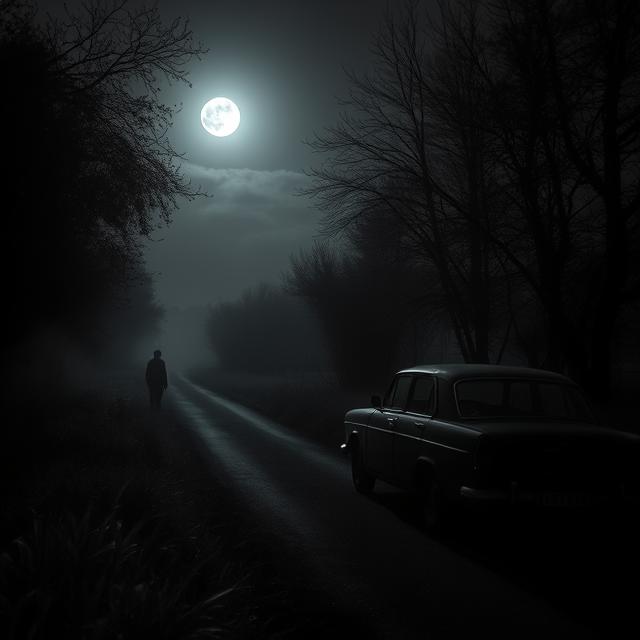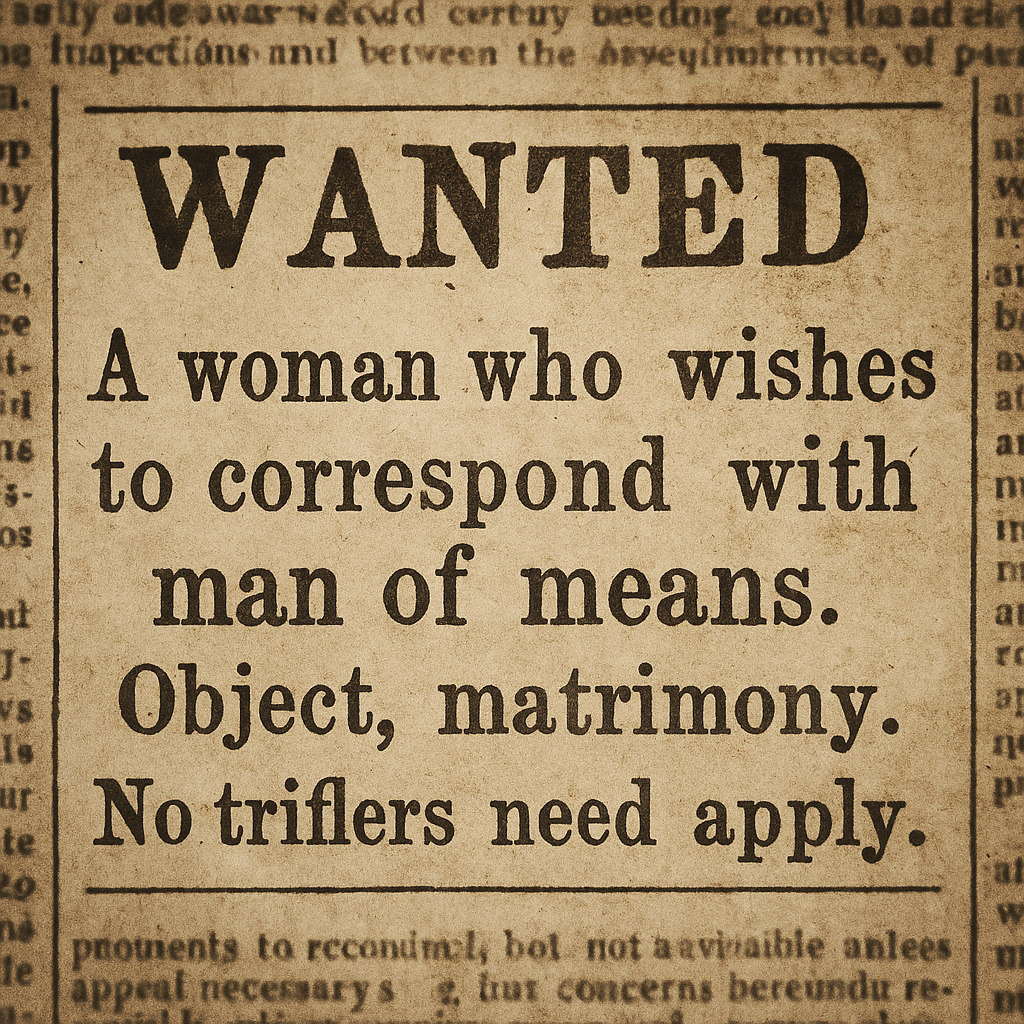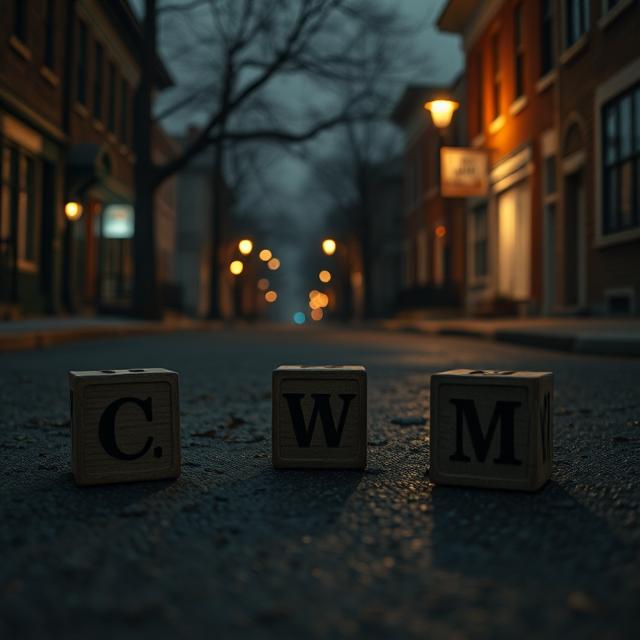The rolling hills and romantic vineyards of Tuscany, Italy, a region celebrated for its beauty and artistic heritage, became the backdrop for a series of horrific crimes that spanned nearly two decades and left an indelible scar on the Italian psyche. Between 1968 and 1985, a mysterious serial killer, dubbed “Il Mostro di Firenze” – the Monster of Florence – stalked and brutally murdered young couples who sought secluded spots for intimacy in the Florentine countryside. The killer’s signature – the use of a .22 caliber Beretta pistol and the ritualistic mutilation of the female victims – created a climate of terror and suspicion that gripped Italy for years. Despite numerous investigations, arrests, and sensational trials, the true identity of the Monster of Florence remains one of the country’s most enduring and frustrating unsolved mysteries.
The first brutal act attributed to the Monster of Florence occurred on the night of August 21, 1968, when Antonio Lo Bianco, 32, and Barbara Locci, 32, were murdered in their car near Signa, outside Florence. Lo Bianco was shot, and Locci was stabbed multiple times. Locci’s six-year-old son, Natalino, was asleep in the back seat and miraculously survived, becoming a key, albeit traumatized, witness. This initial crime set a chilling precedent for the horrors to come.
A hiatus of six years followed before the Monster struck again. Between 1974 and 1985, seven more couples were murdered in similar circumstances, each crime exhibiting the killer’s increasingly disturbing signature. The victims were typically shot with a .22 caliber weapon, and the female victims were subjected to gruesome mutilation, often involving the removal of the left breast and pubic area. The methodical and ritualistic nature of these mutilations suggested a deeply disturbed and sexually motivated killer.
The subsequent victims were:
- Carmela De Nuccio, 22, and Giovanni Foggi, 30 (September 14, 1974)
- Stefania Pettini, 18, and Pasquale Gentilcore, 19 (June 6, 1981)
- Susanna Cambi, 24, and Giovanni Baldi, 25 (October 23, 1981)
- Paola Migliorini, 21, and Carmine Mainardi, 32 (June 19, 1982)
- Antonella Migliorini, 20, and Paolo Mainardi, 22 (August 7, 1983)
- Pia Rontini, 18, and Claudio Stefanacci, 21 (July 29, 1984)
- Nadine Mauriot, 36, and Jean-Michel Kraveichvili, 25 (September 7, 1985)
The consistent use of a .22 caliber Beretta, the targeting of couples in secluded locations, and the specific mutilations of the female victims strongly suggested a single perpetrator. The seemingly random locations across the Florentine countryside only added to the fear, as no area felt truly safe for young lovers seeking privacy.
The investigation into the Monster of Florence became one of the most complex and sensational in Italian history. Over the years, numerous suspects were identified, investigated, and often released due to lack of conclusive evidence. The case was plagued by false leads, sensational media coverage, and infighting among investigators, contributing to the decades of frustration.
Some of the most prominent suspects included:
- Stefano Meucci: A farmer with a history of violence and a .22 caliber rifle. He was initially considered a prime suspect but was eventually acquitted due to insufficient evidence.
- Pietro Pacciani: A farmer with a violent past, known as “Pacciani the Wolf.” He was convicted in 1994 but his conviction was later overturned on appeal. He was retried and acquitted, only to be rearrested before his death. Many believed he was the Monster, but definitive proof remained elusive.
- The “Snacks Companions” (I Compagni di Merende): A group of local men with alleged connections to Satanic cults and deviant sexual practices. This theory gained significant traction, suggesting a group effort behind the murders, possibly involving ritualistic elements linked to the mutilations. Several individuals within this circle were investigated, but no conclusive evidence emerged to implicate them definitively.
The ritualistic nature of the mutilations, particularly the removal of the left breast and pubic hair, led to intense speculation about the killer’s motives. Theories ranged from sexual sadism to occult practices and even the bizarre notion of the killer seeking body parts for some unknown, possibly ritualistic, purpose.
The lack of a definitive break in the case led to widespread public frustration and a deep sense of unease. The Monster of Florence became a symbol of an unpunished evil, a phantom who had terrorized the region and vanished without a trace, or perhaps was still lurking in the shadows.
The sensationalism surrounding the case also contributed to its enduring notoriety. The graphic details of the murders, the seemingly random nature of the attacks, and the lack of a clear resolution captivated and horrified the public. Numerous books and documentaries have explored the case, each offering different theories and perspectives.
Even decades after the last known murder, the mystery of the Monster of Florence persists. The cold case files remain open, and occasional new leads or re-examinations of old evidence offer fleeting glimmers of hope for a resolution. The advancements in forensic technology, particularly DNA analysis, have been applied to remaining evidence, but so far, no definitive match has been found.
The enduring legacy of the Monster of Florence is one of terror and frustration. The beautiful Tuscan countryside will forever be associated with the brutal crimes that shattered the peace of the region. The victims and their families never received true justice, and the identity of the killer who haunted their lives remains an open wound. The monster may have faded from the headlines, but the fear and the questions he left behind continue to linger in the heart of Florence, a chilling testament to an uncatchable evil that cast a long shadow over Italy.
Want to explore the shadows even deeper? For more chilling cases like this, visit SinisterArchive.com, where the legends are real.




